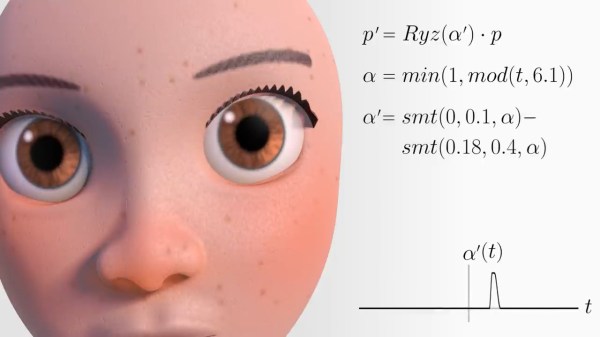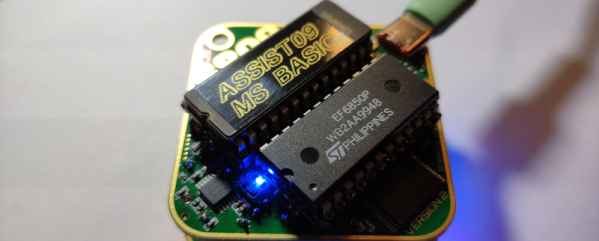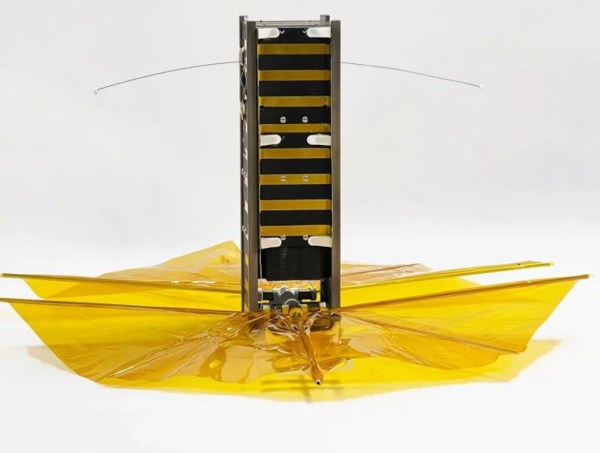Last week, I wrote about NASA’s technology demonstrator projects, and how they’ve been runaway successes – both the Mars rovers and the current copter came from such experimental beginnings. I argued that letting some spirit of experimentation into an organization like NASA is probably very fruitful from time to time.
And then a few days later, we saw SpaceX blow up a rocket and completely shred its launch platform in the process. Or maybe it was the other way around, because it looks like the concrete thrown up by the exhaust may have run into the engines, causing the damage that would lead to the vehicle spinning out of control. SpaceX was already working on an alternative launch pad using water-cooled steel, but it ran what it had. They’re calling the mission a success because of what they learned, but it’s clearly a qualified success. They’ll rebuild and try again.
In comparison, the other US-funded rocket run by Boeing, the SLS suffered years of delays, cost tremendous amounts of money, and has half the lift of SpaceX’s Super Heavy. But it made it to space. Science was done, many of the CubeSats onboard got launched, the unmanned capsule orbited the moon, and splashed down safely back on earth. They weren’t particularly taking any big risks, but they got the job done.
The lore around SpaceX is that they’re failing forward to success. And it’s certainly true that they’ve got their Falcon 9 platform down to a routine, at a lower cost per launch than was ever before possible, and that their pace has entirely shaken up the conservative space industry. They’ll probably get there with their Starship / Super Heavy too. SLS was an old-school rocket, and they had boring old flame diverters on their launch pad, which means that SLS will never take off from Mars. On the other hand, one of the two systems has put a payload around the Moon.
Maybe there’s something to be said for thinking inside the box from time to time as well?


















